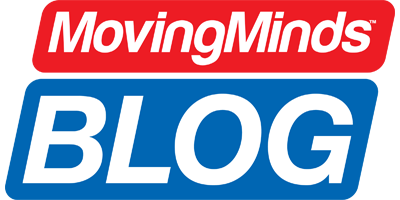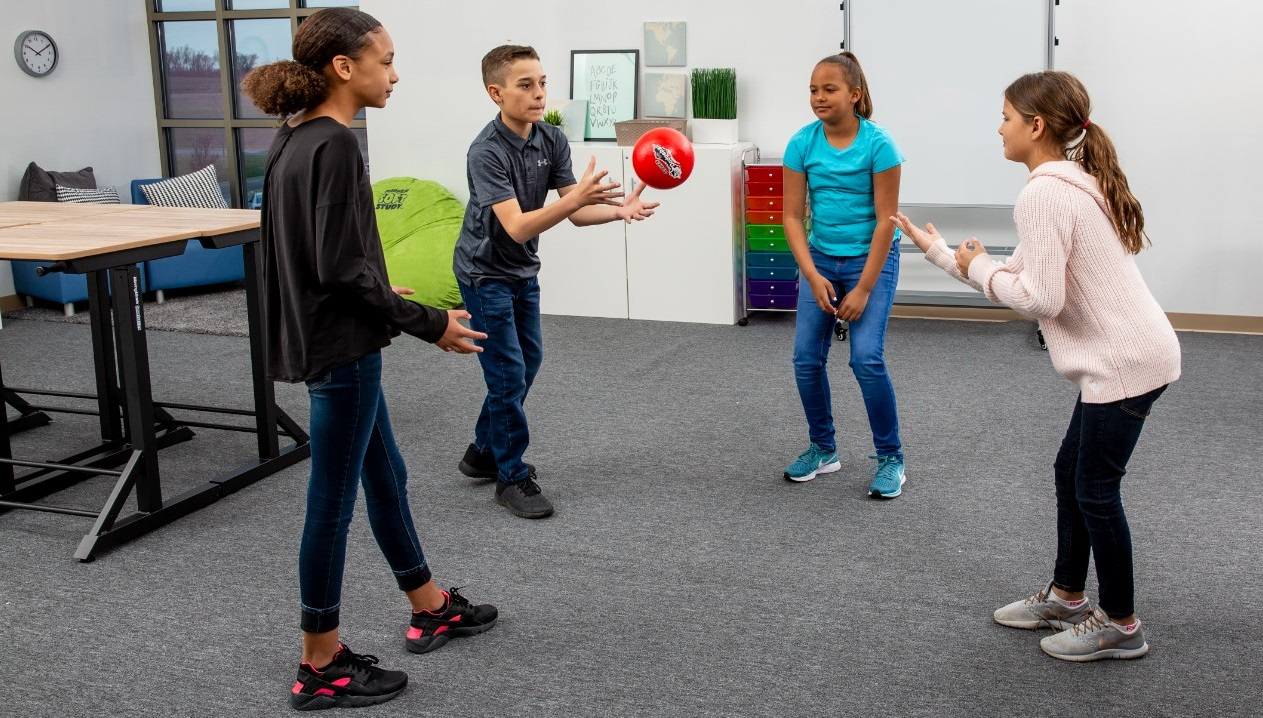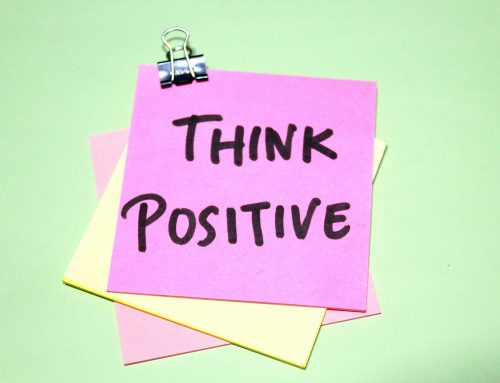You may have tried the whole “activity break” thing and didn’t feel like it was successful, or that students acted crazier after their break than they did before. In many instances, especially if the idea of activity breaks is fairly new to the students, the novelty may excite them, and they will need strategies for calming down when the break is over. More on that later.
Given the research that suggests there are a variety of positive outcomes that come from allowing students to move in class, I hope you won’t give up too easily and forego the idea of movement breaks altogether. Instead, perhaps doing a little research of your own might help you determine if the “return on investment” is worth it.
Ideas to Measure Student Outcome
- Scan behavior before and after. This can simply be a list of tic marks indicating if students are off-task. Your definition of off-task may vary, but it should be any activity you deem that a student shouldn’t be doing at that time (e.g., talking, standing or moving around the room, tapping their pencil, daydreaming, not doing their work). Scan for two minutes or so. Then lead or initiate the activity break. Afterwards, scan the room for the same amount of time looking for the same things. Do this for a week or so. Several studies have shown the off-task behavior decreases after the break. Hopefully this happens for your class too.
- Student input – ask students! Perhaps you use this as part of a writing sample. You could prompt them by asking questions about their feelings during the activity break or after the activity break. Maybe you want to know how they feel if they don’t have movement breaks or recess. Or have a class discussion about movement breaks. As you know more than anyone, students will be brutally honest. This type of input can be invaluable as we oftentimes aren’t able to see their feelings or emotions.
- Behavior charts – keep track of behavior before and after using a system you already have in place. For instance, if you have a clip system in which students move the clip up or down depending on behavior, keep track of numbers for one week (without incorporating any movement breaks). Then integrate movement breaks for one week and keep track again. Compare the numbers to see if behavior has changed (hopefully for the good!).
Ending and Transitioning Activity Breaks
There are a variety of ways you can end an activity break, making it a smooth transition into the next, more sedentary activity. Be sure to share the rules for activity breaks (during and after) and enforce them. This may be a quick forewarning. “I can tell you all are restless, so we’re going to do a quick movement break. I need you to really focus on getting your jitters out during the break, but when it’s over, it’s over. That means you should work with me and respect me by refocusing to the work at hand.”
Another successful strategy for calming students after a break is to have them simply stand behind their desk or workspace and hold on to the chair or desk. Close their eyes for a bit, and focus on breathing in through their nose and out through their mouth. As they do this, reiterate that the break was a way for them to channel their energy in a positive way and now they are getting ready to channel their energy to focus on the next task. Doing this for about 10 seconds will typically set the stage for the next activity.
Heather is a Professor in the Department of Kinesiology and Health Promotion at the University of Kentucky. She is a former physical education teacher, and co-author of Dynamic Physical Education for Secondary School Children, 8ed. Heather was also the recipient of the NASPE Curriculum and Instruction Young Scholar Award and a AAHPERD Research Consortium Fellow.






Leave A Comment